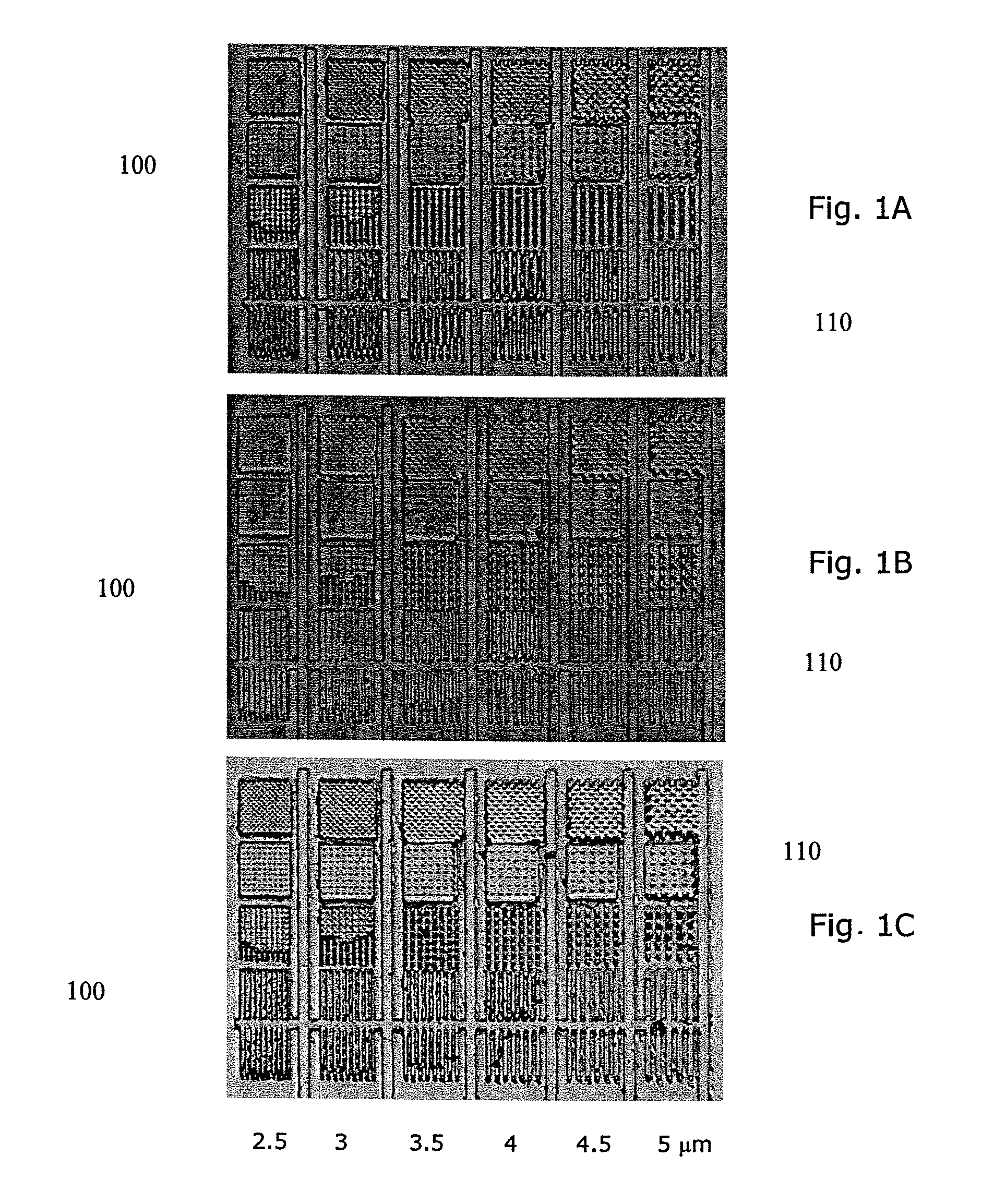Laminated microfluidic structures and method for making
a microfluidic structure and laminate technology, applied in the field of microfluidics, can solve the problems of affecting the quality of the inorganic surface, and affecting the quality of the inorganic surface, and altering the mated surfa
- Summary
- Abstract
- Description
- Claims
- Application Information
AI Technical Summary
Problems solved by technology
Method used
Image
Examples
Embodiment Construction
[0028]As used herein, the word “microstructure” generally refers to structural features on a microfluidic substrate component with walls having at least one dimension in the range of about 0.1 micrometer to about 1000 micrometers. These features may be, but are not limited to, microchannels, microfluidic pathways, microreservoirs, microvalves or microfilters. The term “polymeric” refers to a macromolecular structure or material having a molecular weight that is substantially higher than the constituent monomers and, which is produced by a polymerization reaction. All materials commonly and herein referred to as “plastic” materials are polymeric materials. The term “acrylic” refers to Acrylite®, Plexiglas®, PMMA or other trade names of polymethylmethacrylate. A “two-dimensional microfluidic network” refers to fluidic connectivity of at least two microfluidic pathways or channels that co-exist within a component or in the plane of a planar component. A “three-dimensional microfluidic ...
PUM
| Property | Measurement | Unit |
|---|---|---|
| temperature | aaaaa | aaaaa |
| thicknesses | aaaaa | aaaaa |
| temperature | aaaaa | aaaaa |
Abstract
Description
Claims
Application Information
 Login to View More
Login to View More - R&D
- Intellectual Property
- Life Sciences
- Materials
- Tech Scout
- Unparalleled Data Quality
- Higher Quality Content
- 60% Fewer Hallucinations
Browse by: Latest US Patents, China's latest patents, Technical Efficacy Thesaurus, Application Domain, Technology Topic, Popular Technical Reports.
© 2025 PatSnap. All rights reserved.Legal|Privacy policy|Modern Slavery Act Transparency Statement|Sitemap|About US| Contact US: help@patsnap.com



